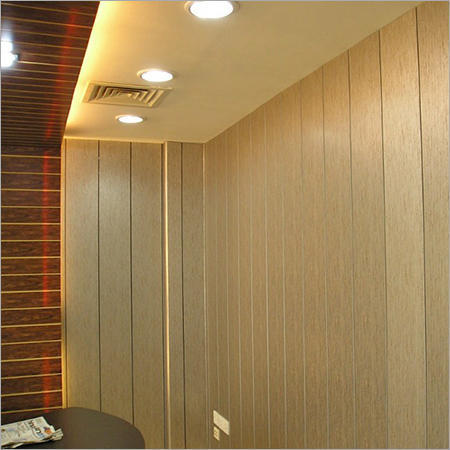The cheapest way to deal with wall paint peel of and wall dampness caused due to groundwater leakage.
In India, the majority of buildings are made up of traditional bricks. The bricks do an excellent job against facing harsh climates and other impacts experienced daily by the building structures.
Traditional bricks are highly water-absorbent in nature. And this nature causes bricks that are placed near to each other to absorb water in a slow but efficient way. This means brick walls are just a perfect recipe for wall paint peel or wall dampness.
This not only causes wall dampness but weakens the bricks used in the bottom parts of the wall. Of course, these things do even happen in perfectly plastered and constructed fencing walls, but the dampness won't be visible since both sides are cement plastered.
How basically does a wall get wet from the water from the ground?

At Wet2dry solutions, we get nearly 100 to 160 leads (Just from the owners of raw and individual houses from the state of Kerala during the rainy seasons). Just by looking at the leads data, it is evident that groundwater leakage increases during the rainy seasons only.
Although the reasons that cause leakage may exist and maybe even happening throughout the year. It won't be visible to us because of the high temperatures and low amount of water accumulation around the house.
But when the rain starts the temperature drops and the water around the house starts increasing. Due to this condition, the force applied by the water accumulated in the surrounding of the house, on the external part of the wall and foundation increases. Through this, the bricks get in contact with the water.


Once the bricks get in contact with the water the pop (plaster of Paris) which most of our interior walls are plastered of, starts absorbing the water at a faster rate. This phenomenon is similar to the behaviour of heatsinks on a computer CPU. Thus resulting in wall dampness from the bottom of the walls.
Two major ways through which the groundwater can get in contact with the bricks.
Yes, there are a few other ways too through which the groundwater gets in contact with the bricks but those are 1 in 100 possibilities. But the 2 major reasons are:
1) Groundwater getting through the cracks of the plastered external walls.
2) Groundwater getting through the foundation itself.
1) Through the Cracks of the plastered external walls.

External walls face tough conditions throughout the year. The plaster of the walls gets weakened and starts cracking as time passes. And when the water level starts to increase or any other water source gets in contact with the crack, the water starts to seep through the cracks of the wall.
2) Through the foundation itself.

Foundation is one of the toughest parts of a home. But these tough guys get weakened when they face extreme heat conditions. Trees are too major contributors to the weakening of a good foundation as the tree roots get into the foundations and water accumulations take place. As ground water increases water seeps and wall dampness begins.
The cheapest way to deal with groundwater wall dampness.
Ok now as we discussed the hows and whys of groundwater leakage causing wall dampness, what is the best way to deal with it? There are industry experts like us providing professional services for such leakage issues. But these are expensive and are a time taken process.
But the cheapest way to deal with groundwater wall dampness is to cover it up with PVC wall panelling. This is a go-to option when you are looking for quick, cheap and permanent solutions.
Yes, PVC panelling won't solve your wall dampness or paint peal off. But they are the permanent solution as it covers the ugly wall dampness and fungus and when installed with a decent gap between the walls there won't be even a pungent smell in the house.






Why do we recommend using PVC wall panelling to deal with groundwater wall dampness?
Why not? They are cheap, they don't absorb water, they are durable also they come in different designs.
PVC panels are easy to install also you get varieties of patterns. This means you can match it up with your existing walls.
Kindly note!!!!!
Do not use this method if it is a heavy leakage. Like groundwater litteraly seeping inside the home. You are fine to proceed only if it is wall dampness. Else you can call us and share the images, our experts can guide you through the process. It is free!!!!!!!
We will soon do an article on "How to install PVC wall panelling?".
Kindly note: This article is not for basement leakages.